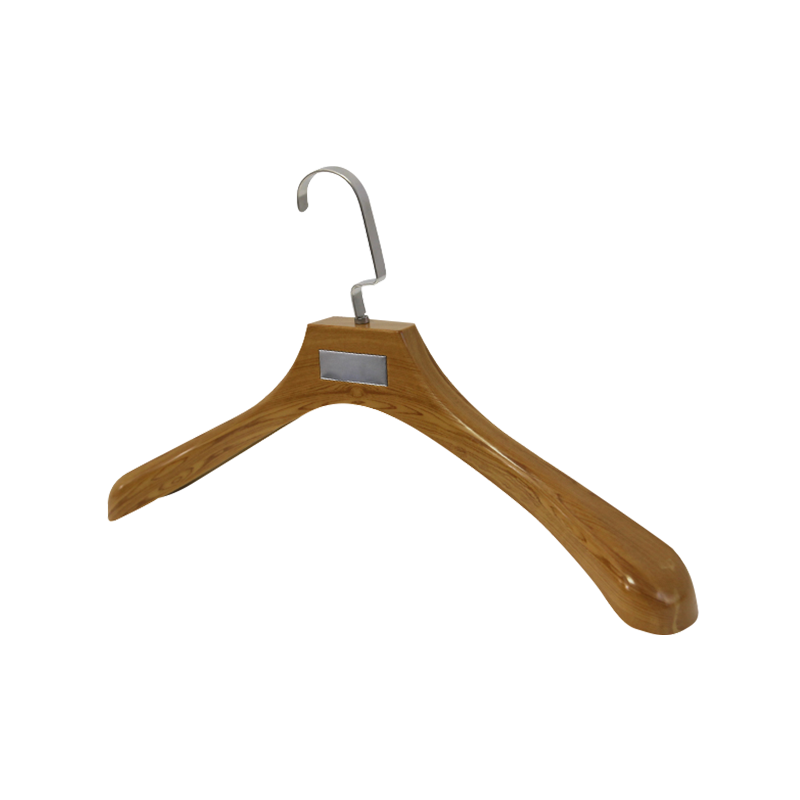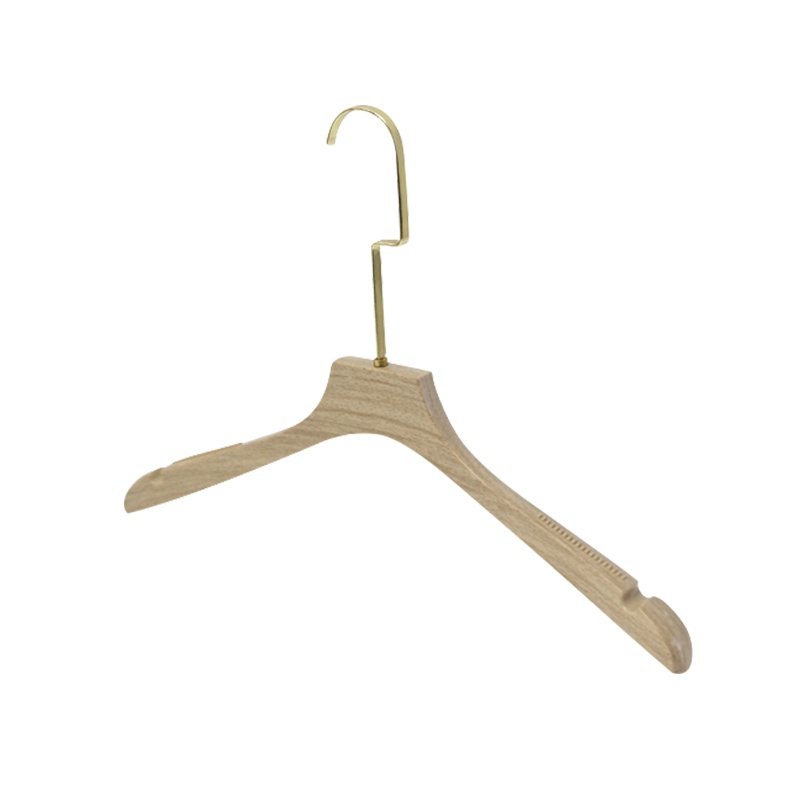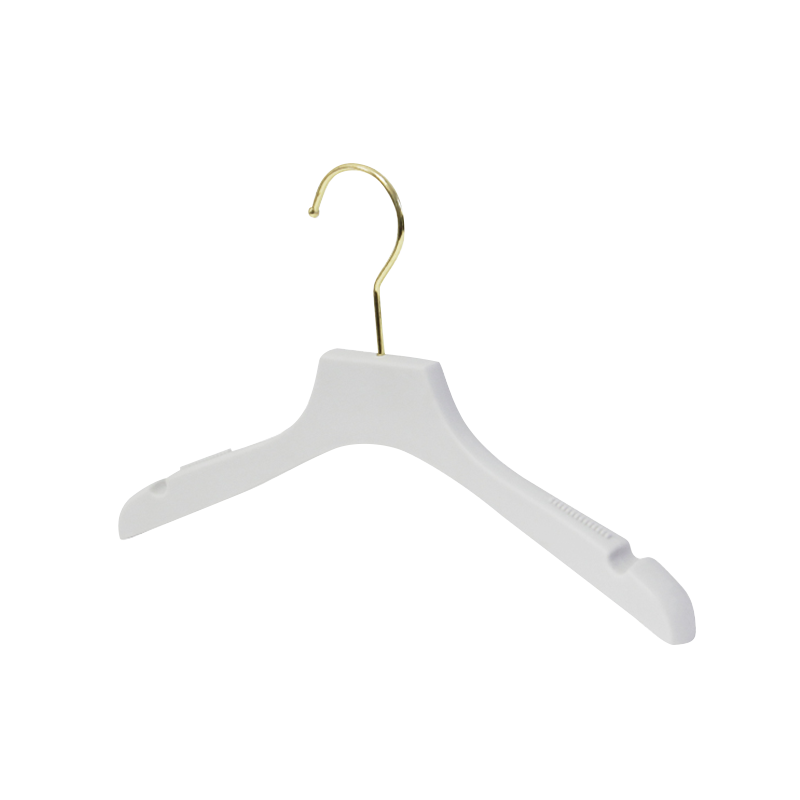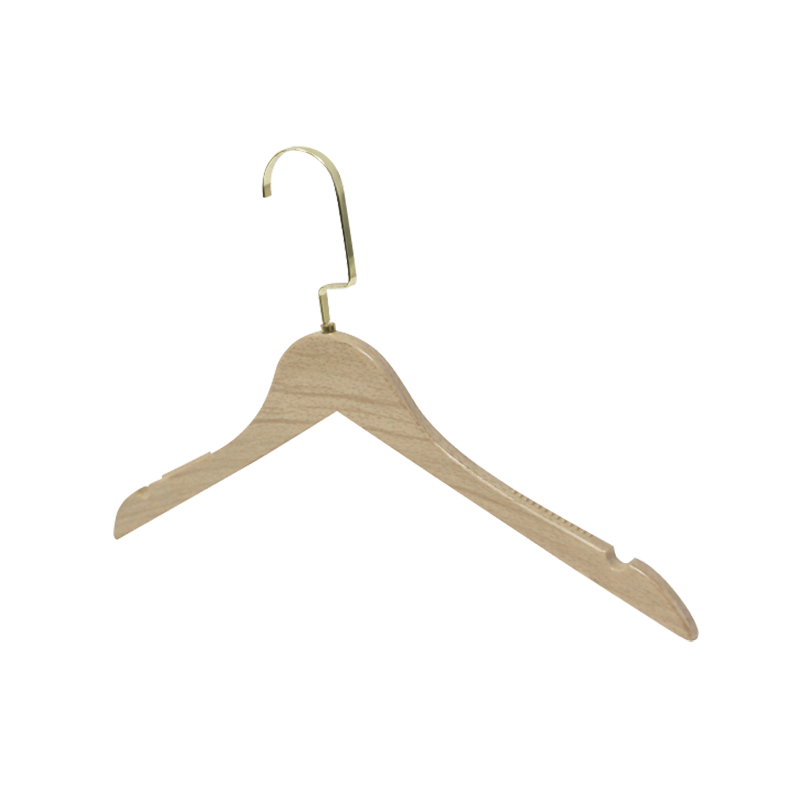The Vertical Clothes Steamer has become a popular and essential household appliance, known for its efficiency and convenience in garment care. Unlike traditional irons, which require a flat surface, the Vertical Clothes Steamer operates by using steam to remove wrinkles from clothes while the garments hang. This unique approach makes it ideal for both delicate fabrics and everyday use. One aspect that contributes to the durability and effectiveness of Vertical Clothes Steamers is the coating process.
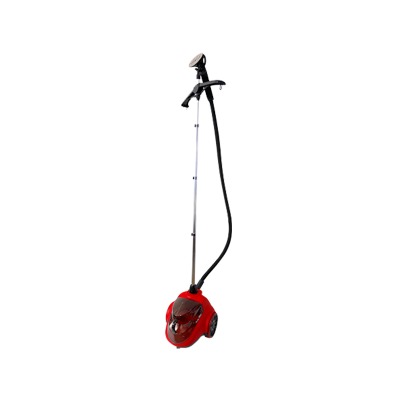
The coating process in Vertical Clothes Steamer manufacturing involves applying a protective layer to various components of the steamer, particularly the water tank, steam nozzle, and the body. This layer serves several purposes: it protects against corrosion, enhances the aesthetic appearance, and ensures that the steamer operates efficiently over time. The coatings used are selected based on the specific functions each part of the steamer performs and the conditions to which they are exposed.
a. Protection Against Corrosion
Water and steam are key components in the operation of a Vertical Clothes Steamer, which makes it essential for the device's metal parts to resist corrosion. The interior of the steamer, including its water tank, steam pipes, and other metal components, is especially vulnerable to rust due to the constant exposure to moisture. To prevent this, a coating is applied to the metal surfaces to create a barrier between the metal and the moisture.
By coating the internal parts with rust-resistant materials, manufacturers can significantly extend the lifespan of the Vertical Clothes Steamer. This ensures that the steamer continues to perform well without degradation in its functionality, such as leakage or diminished steam output, which can occur if rust develops.
b. Enhanced Durability
The external body of the Vertical Clothes Steamer is also subject to wear and tear over time. Coating processes such as powder coating or chrome plating are commonly used on the exterior of the unit to enhance its durability. These coatings help the steamer resist scratches, dents, and other forms of physical damage that could compromise its appearance or performance. Furthermore, durable coatings improve the steamer's resistance to heat, which is essential since steam can reach high temperatures during operation.
Several coating techniques are employed in the production of Vertical Clothes Steamers, depending on the material, intended use, and performance requirements. Below are some of the common coating processes used in the manufacturing of these appliances:
a. Powder Coating
Powder coating is one of the widely used methods for coating the exterior parts of a Vertical Clothes Steamer. This process involves applying a dry powder, typically made of polymer resin, to the metal surface of the steamer. The coated part is then heated to allow the powder to melt and form a solid, durable finish. The key benefits of powder coating include its ability to create a strong, protective layer that is resistant to scratching, fading, and corrosion.
Powder coating is particularly useful for Vertical Clothes Steamer components exposed to heat and moisture, such as the body and steam nozzle. It provides an aesthetically pleasing finish that can be customized in various colors and textures, offering a sleek and modern appearance.
b. Chrome Plating
Chrome plating involves coating the metal parts of the Vertical Clothes Steamer with a thin layer of chromium. This process provides a shiny, polished appearance and enhances the steamer's resistance to corrosion, heat, and wear. Chrome-plated components are highly resistant to staining and corrosion, making this an ideal coating for areas of the steamer that come in contact with water and steam.
The use of chrome plating on the steam nozzle, handles, and other external components not only improves the steamer's aesthetic appeal but also extends its lifespan by protecting the components from damage caused by moisture or heat exposure.



 Language
Language  English
English 中文简体
中文简体 Español
Español русский
русский
